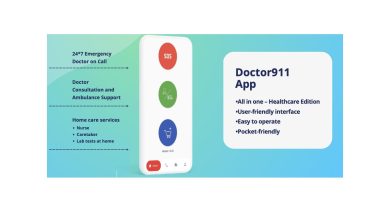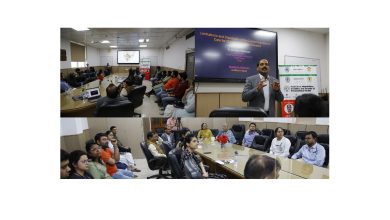Weizmann’s study sheds light on promising antidepressant

By revealing a new mechanism of ketamine’s action, the study may make it possible to expand the use ketamine-based drugs
A study published in Neuron reveals new details about how ketamine works, paving the way toward the development of safe, effective treatments for depression. The research was conducted at the Weizmann Institute of Science in Rehovot, Israel, and at the Max Planck Institute of Psychiatry in Munich, Germany, in collaboration with the Helmholtz Zentrum, Munich.
Recent technological advances, however, have made it possible to assess gene expression at an unprecedented level of resolution: that of the single cell. These technologies were employed in the new study, conducted under the guidance of Prof Alon Chen, former managing director of the Max Planck Institute of Psychiatry and current president of the Weizmann Institute of Science.
In this study, researchers led by Dr Juan Pablo Lopez mapped out gene expression in thousands of individual neurons in the brains of mice that had been given a dose of ketamine. These neurons belong to networks that convey their signals using the neurotransmitter glutamate. Ketamine had been known since the 1990s to produce its effects by acting on such neurons – this is in contrast to older antidepressants, which mainly affect neurons influenced by serotonin. But since ketamine’s effect persists long after it leaves the body, its action could not be explained by mere blockage of glutamate receptors on the surfaces of neurons. “We wanted to clarify the molecular cascade that is triggered by ketamine, leading to its sustained antidepressant effects,” Lopez says.
By revealing a new mechanism of ketamine’s action, the study may make it possible to expand the use ketamine-based drugs. This, in turn, might help these drugs fully deliver on their promise of providing new hope for depression.




